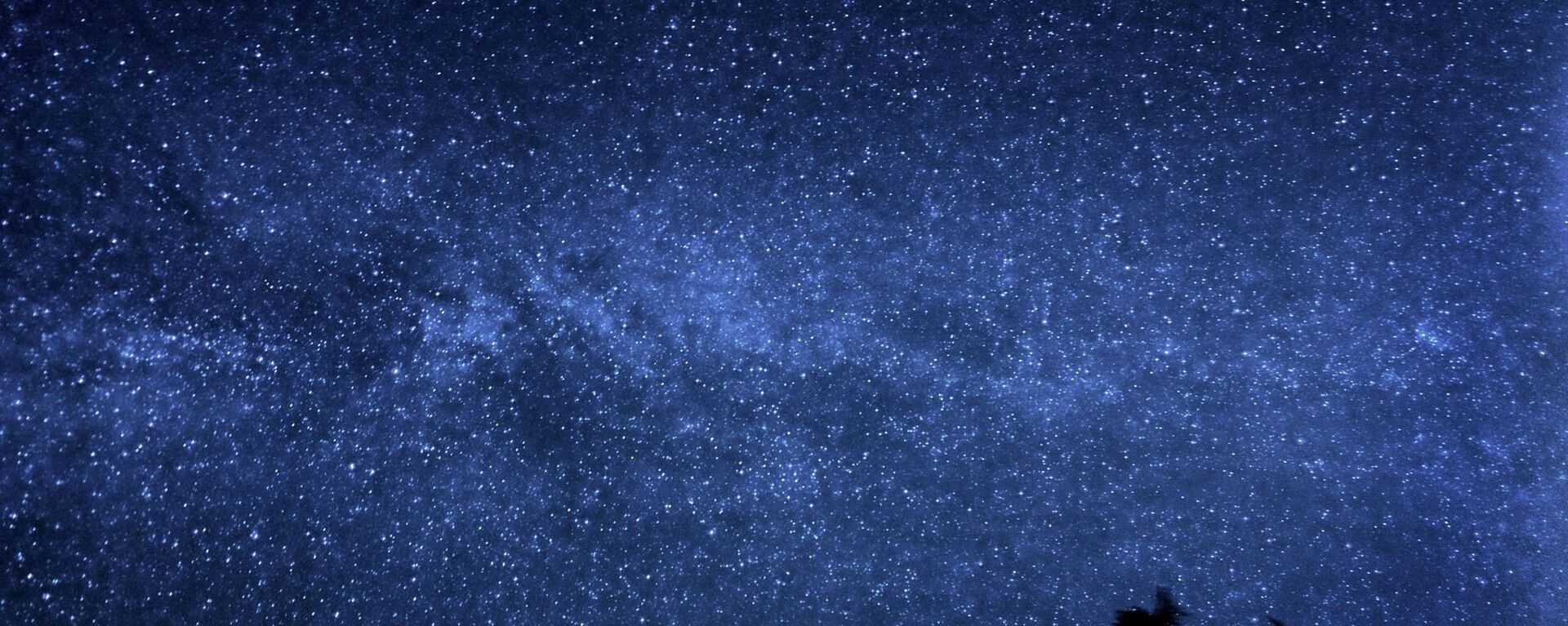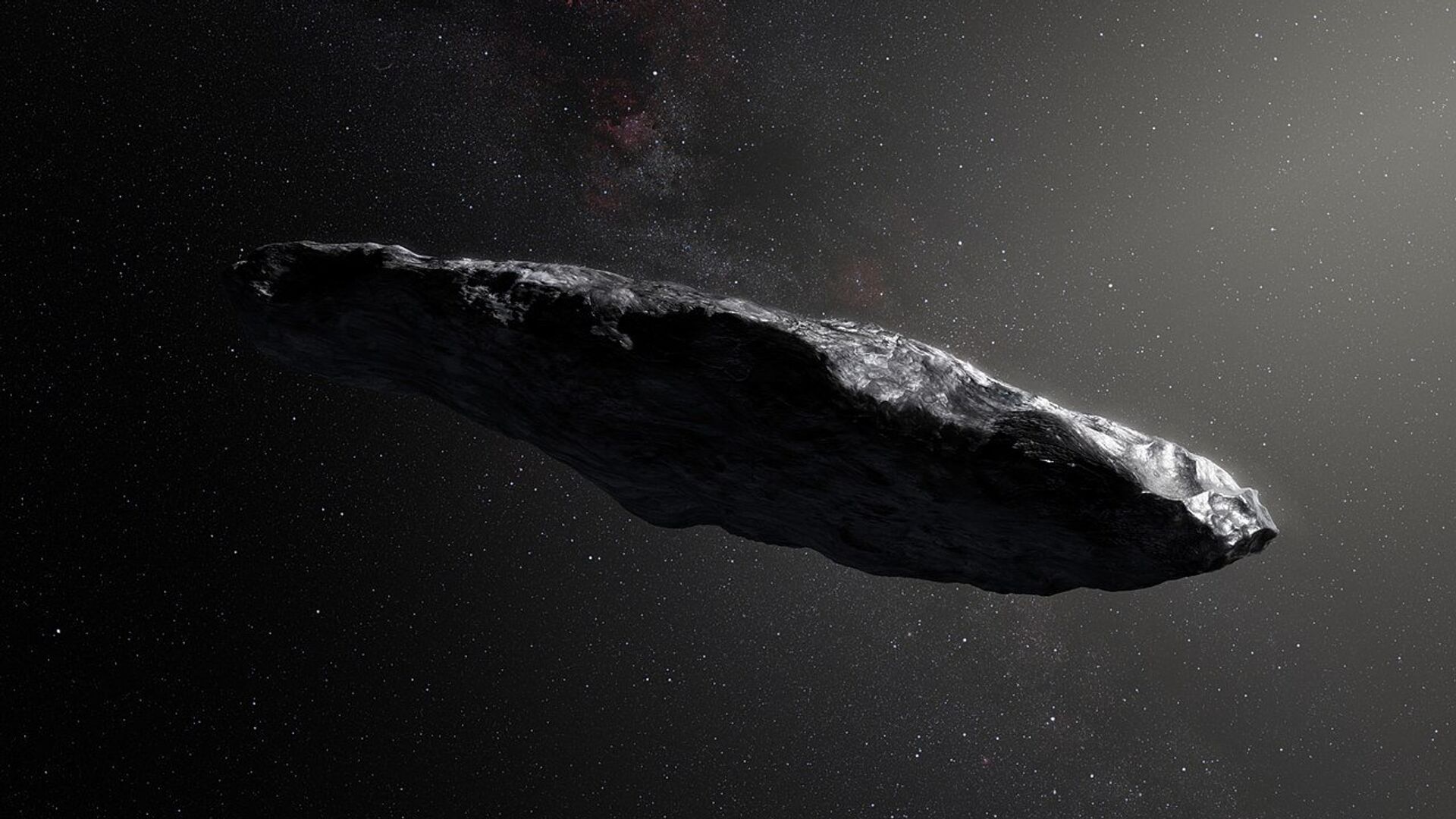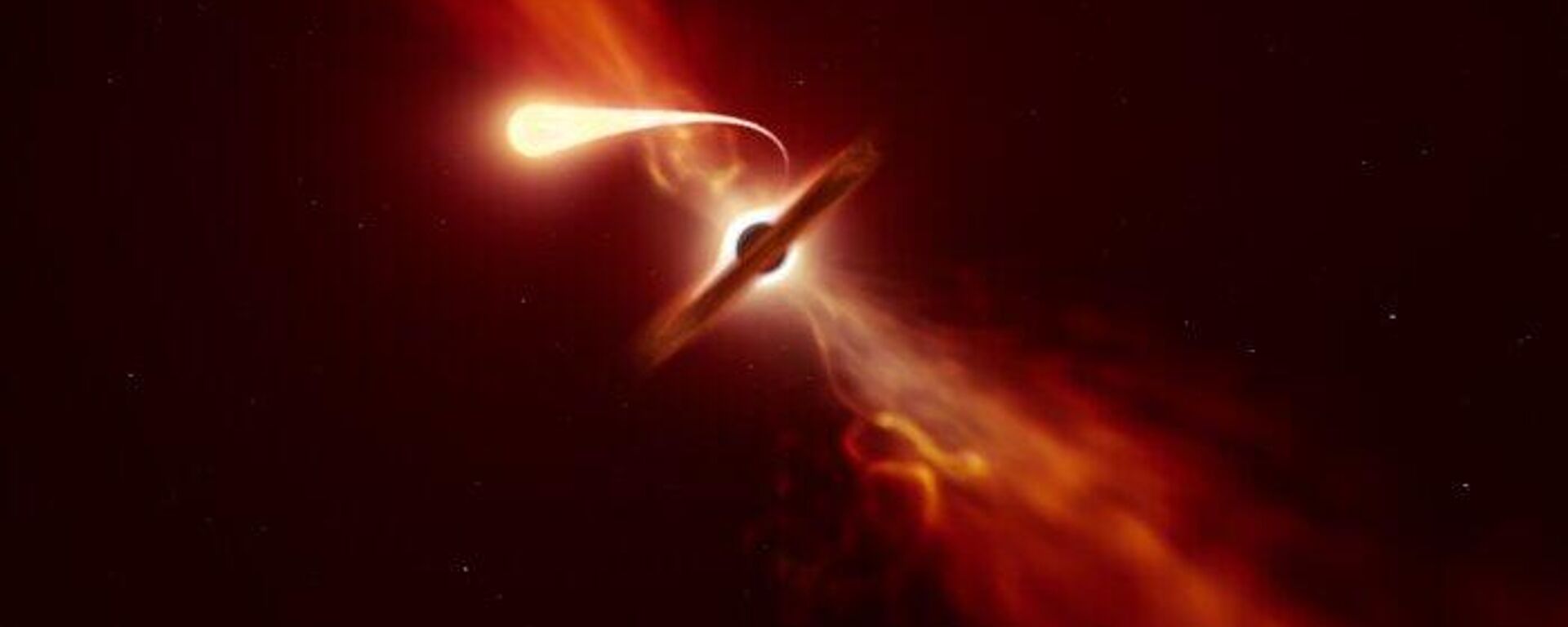https://sputnikglobe.com/20230706/duo-of-harvard-scientists-say-recovered-mystery-object-appears-artificial-in-origin-1111687158.html
Duo of Harvard Scientists Say Recovered Mystery Object Appears 'Artificial in Origin'
Duo of Harvard Scientists Say Recovered Mystery Object Appears 'Artificial in Origin'
Sputnik International
Controversial astronomer Avi Loeb said that objects his team recovered from the Pacific Ocean appear to be interstellar and artificial in nature.
2023-07-06T00:35+0000
2023-07-06T00:35+0000
2023-07-06T00:33+0000
beyond politics
avi loeb
pacific ocean
papua new guinea
nasa
centre for near-earth object studies (cneos)
interstellar rock
interstellar
meteor
im1 interstellar object
https://cdn1.img.sputnikglobe.com/img/106585/09/1065850986_0:73:1280:793_1920x0_80_0_0_665e76d05314fc5e88e96e1275736739.jpg
Two Harvard scientists claim an object that crashed into the Pacific Ocean in 2014 came from outside of our solar system and may be "artificial in origin" - they have not ruled out it may be a part of an alien spacecraft.NASA recently said the object, dubbed IM1, almost certainly originated from outside of our solar system, making it the first recovered interstellar object.Professor Avi Loeb, the former chair of Harvard’s astronomy department and the founder of the Galileo Project, along with Harvard researcher Amir Siraj, announced their findings over the weekend. Officials had conducted a $1.5 million search of a 6.2 square mile area off the coast of Papua New Guinea, where the crashed object revealed strange metallic "spherules." Investigators detailed the findings ranged between 0.1 millimeter and 1 millimeter in size, and believe they came from IM1. The documented composition is believed to be unlike any asteroid or meteorite previously observed.Most known meteorites are made up of iron-nickel metal, but laboratory tests of the spherules showed that IM1 was made up almost entirely of iron, with only a “negligible” amount of nickel.At the speed IM1 was traveling, the vast majority of observed meteorites would have burned up in the Earth’s atmosphere at that speed. NASA’s Center for Near-Earth Object Studies (CNEOS) meteor catalog lists IM1 first in terms of material strength.Another reason Loeb said he believes IM1 could be artificial in origin is because of its impressive speed. According to US government tracking, the only sensors that recorded IM1’s descent to our planet, the object was traveling much faster than other objects in our solar system and was also moving quicker than 95% of the stars in our galaxy.That speed can be partially explained by IM1’s interstellar origins, but not completely. Loeb says it could be explained because “they are artificial in origin, namely chemically-propelled interstellar spacecraft,” noting they would be not unlike our interstellar probes, only launched a billion years ago.Another object Loeb and Siraj believe might be interstellar in origin, IM2, crashed off the coast of Portugal in 2017. That object was much larger than IM1 and traveled much slower, giving hope that larger remains may be found. NASA currently lists IM2 as third in material strength among known meteors.The Galileo Project hopes to begin the recovery process of that object in coming years.Loeb, sometimes called “the alien hunter of Harvard,” has made controversial claims in the past, including that the cigar-shaped interstellar 'Oumuamua could have been an alien probe.But many, including Canada’s Institute for Earth and Space Exploration, doubted Loeb in the past. The Canadian institute said its modeling of IM1’s descent suggested the object was not made of iron, and a paper by Loeb and Siraj outlining IM1’s interstellar origins was initially rejected by a scientific journal, before being proven correct a few years later.
https://sputnikglobe.com/20230705/astronomers-watch-as-supermassive-black-hole-begins-feasting-on-nearby-star-1111685267.html
https://sputnikglobe.com/20210216/science-is-too-conservative-harvard-prof-says-oumuamua-could-be-product-of-another-civilization-1082091832.html
pacific ocean
papua new guinea
Sputnik International
feedback@sputniknews.com
+74956456601
MIA „Rossiya Segodnya“
2023
News
en_EN
Sputnik International
feedback@sputniknews.com
+74956456601
MIA „Rossiya Segodnya“
Sputnik International
feedback@sputniknews.com
+74956456601
MIA „Rossiya Segodnya“
interstellar, aliens in the ocean, evidence of aliens, im1, im2
interstellar, aliens in the ocean, evidence of aliens, im1, im2
Duo of Harvard Scientists Say Recovered Mystery Object Appears 'Artificial in Origin'
The IM1 object is now believed to be the first interstellar object recovered by scientists.
Two Harvard scientists claim an object that crashed into the Pacific Ocean in 2014 came from outside of our solar system and may be "artificial in origin" - they have not ruled out it may be a part of an alien spacecraft.
NASA recently said the object, dubbed IM1, almost certainly originated from outside of our solar system, making it the first recovered interstellar object.
Professor Avi Loeb, the former chair of Harvard’s astronomy department and the founder of the Galileo Project, along with Harvard researcher Amir Siraj, announced their findings over the weekend.
Officials had conducted a $1.5 million search of a 6.2 square mile area off the coast of Papua New Guinea, where the crashed object revealed strange metallic "spherules." Investigators detailed the findings ranged between 0.1 millimeter and 1 millimeter in size, and believe they came from IM1. The documented composition is believed to be unlike any asteroid or meteorite previously observed.
“This composition is anomalous compared to human-made alloys, known asteroids and familiar astrophysical sources,” Loeb said.
Most known meteorites are made up of iron-nickel metal, but laboratory tests of the spherules showed that IM1 was made up almost entirely of iron, with only a “negligible” amount of nickel.
At the speed IM1 was traveling, the vast majority of observed meteorites would have burned up in the Earth’s atmosphere at that speed. NASA’s Center for Near-Earth Object Studies (CNEOS) meteor catalog lists IM1 first in terms of material strength.
Another reason Loeb said he believes IM1 could be artificial in origin is because of its impressive speed. According to US government tracking, the only sensors that recorded IM1’s descent to our planet, the object was traveling much faster than other objects in our solar system and was also moving quicker than 95% of the stars in our galaxy.
That speed can be partially explained by IM1’s interstellar origins, but not completely. Loeb says it could be explained because “they are artificial in origin, namely chemically-propelled interstellar spacecraft,” noting they would be not unlike our interstellar probes, only launched a billion years ago.
Another object Loeb and Siraj believe might be interstellar in origin, IM2, crashed off the coast of Portugal in 2017. That object was much larger than IM1 and traveled much slower, giving hope that larger remains may be found. NASA currently lists IM2 as third in material strength among known meteors.
The Galileo Project hopes to begin the recovery process of that object in coming years.
Loeb, sometimes called “the alien hunter of Harvard,” has made controversial claims in the past, including that the cigar-shaped interstellar 'Oumuamua could have been an alien probe.

16 February 2021, 11:19 GMT
But many, including Canada’s Institute for Earth and Space Exploration, doubted Loeb in the past. The Canadian institute said its modeling of IM1’s descent suggested the object was not made of iron, and a paper by Loeb and Siraj outlining IM1’s interstellar origins was initially rejected by a scientific journal, before being proven correct a few years later.




